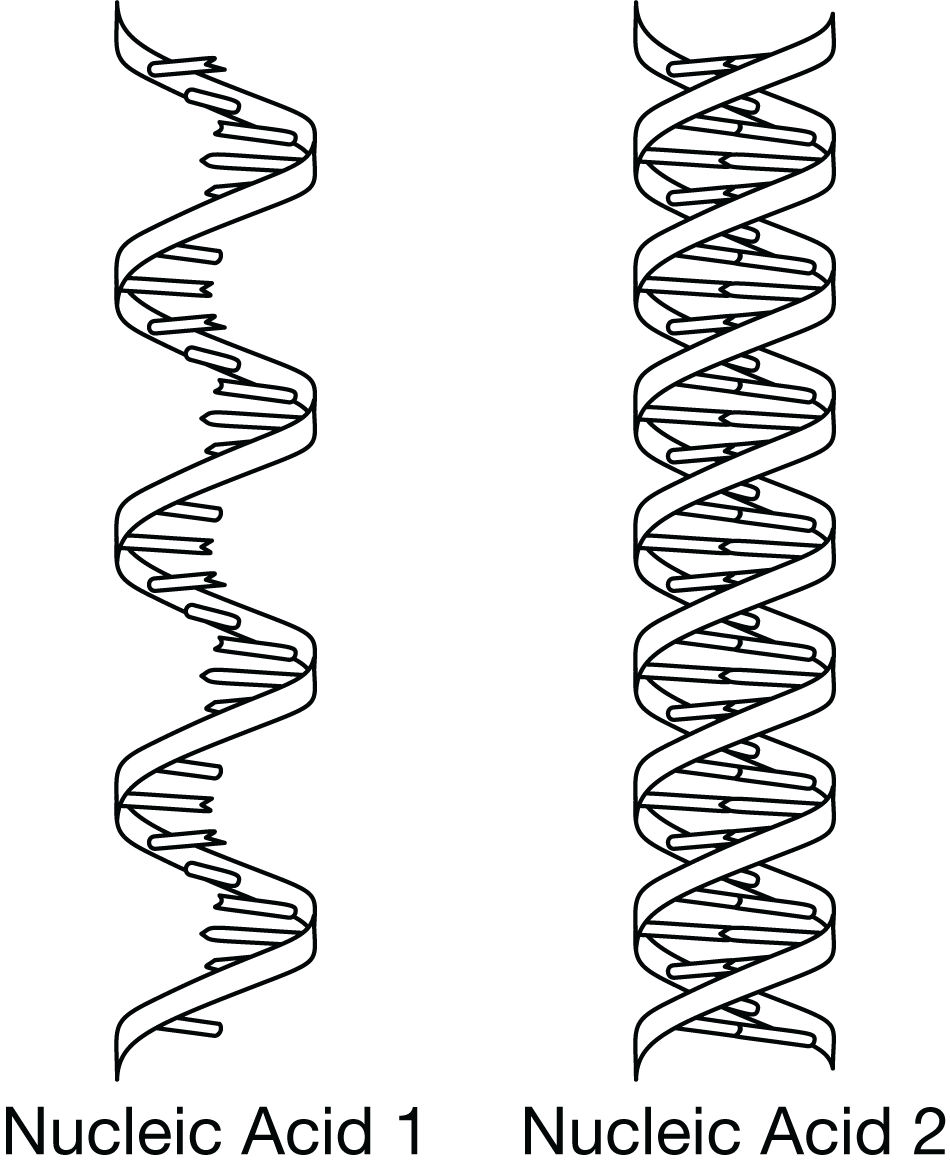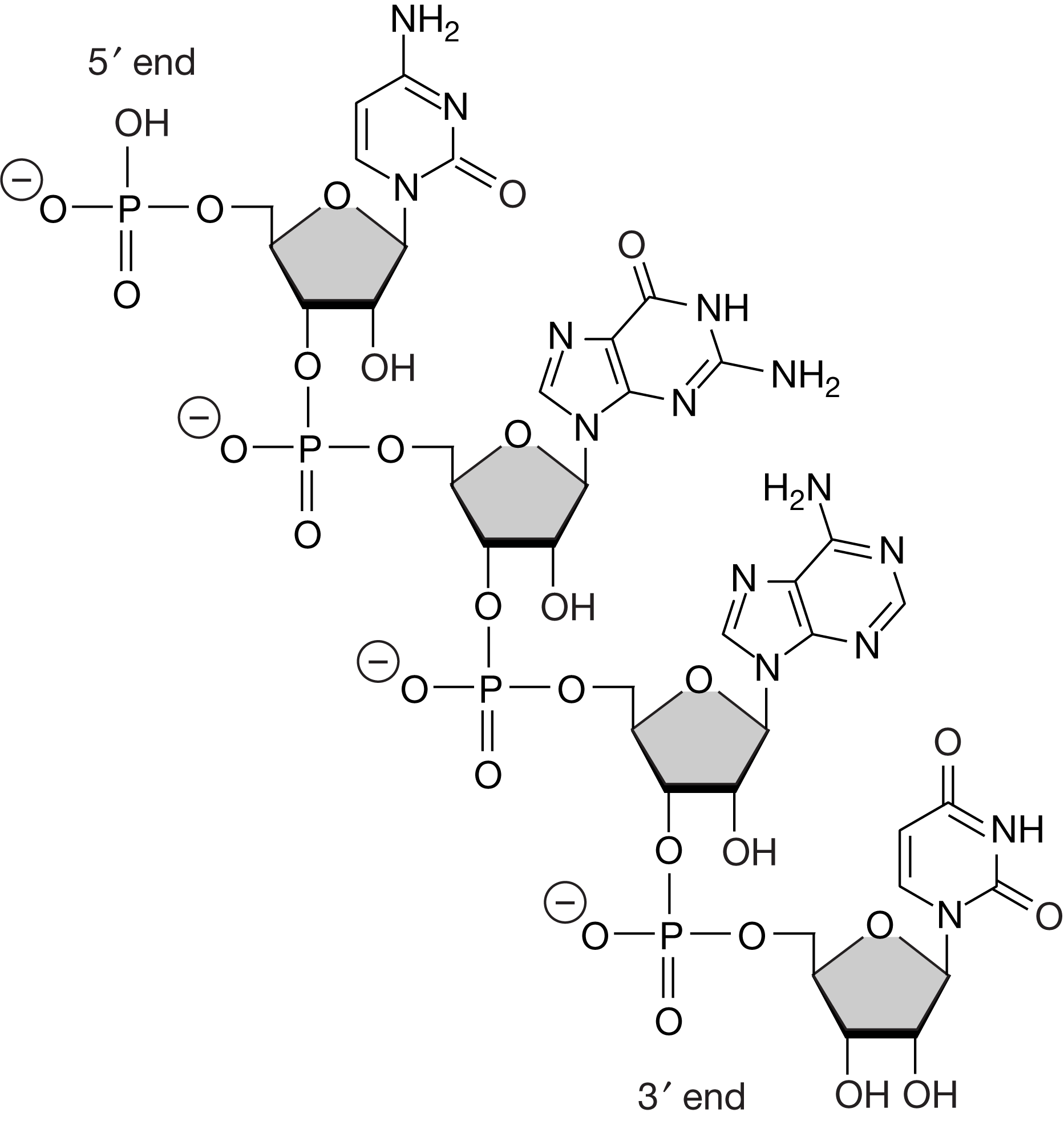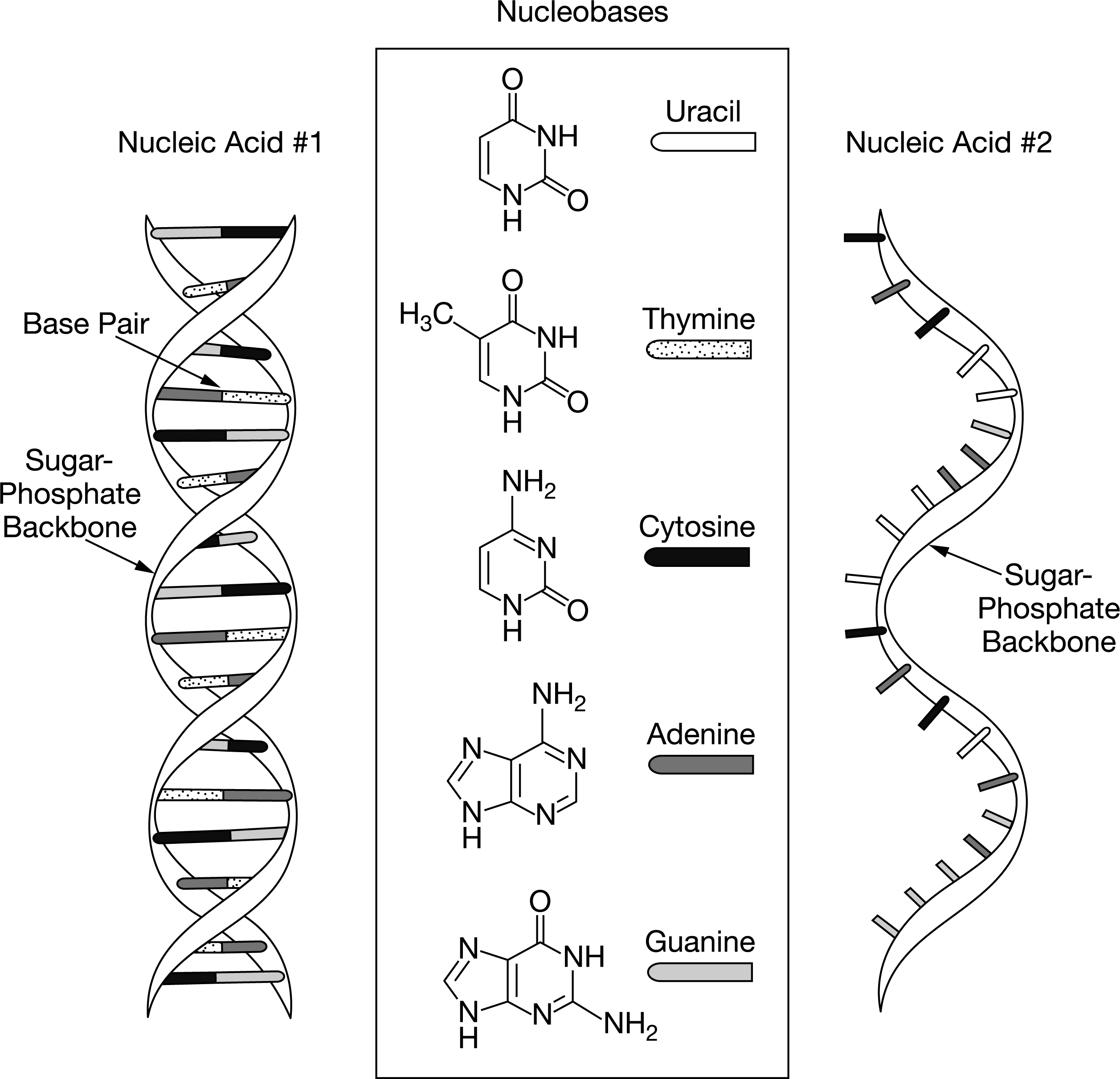unit 1 mcqs
1/17
Earn XP
Description and Tags
Name | Mastery | Learn | Test | Matching | Spaced |
|---|
No study sessions yet.
18 Terms
Which of the following statements best describes how organisms such as rabbits obtain the carbon necessary for building biological molecules?
Rabbits eat plants and break down plant molecules to obtain carbon and other atoms that they rearrange into new carbon-containing molecules.
Which of the following statements best describes how molecules released by the fish become nutrients for the plants?
The ammonia molecules released by the fish are converted by the bacteria to nitrates, which are used by the plants to make proteins and nucleic acids.
The observed differences between the groups most likely resulted from differences in the ability of the seedlings to produce which of the following monomers?



Which of the following best describes the formation of the bond shown in Figure 1 ?

Which of the following is an accurate description of the process shown in Figure 1 ?
The formation of a covalent peptide bond in a dehydration synthesis reaction

Which statement is the most accurate description of the reaction shown in Figure 1?
It represents a polypeptide chain that is broken down through a hydrolysis reaction.

Which of the following best describes a structural difference between DNA and RNA?
The backbone of DNA contains deoxyribose, whereas the backbone of RNA contains ribose.

Which of the following characteristics of Figure 1 best shows that the fragment is RNA and not DNA?
The identity of each nitrogenous base

Which of the following conclusions is most clearly supported by the representations of nucleic acid #1and nucleic acid #2?
Nucleic acid #1 contains adenine-thymine base pairs, whereas nucleic acid #2 does not.

Based on the molecular structures shown in the figure, which molecule is likely to be solid at room temperature?
Palmitic acid, because the absence of carbon-carbon double bonds allows the molecules to pack closely together.
Which of the following best describes the structures of carbohydrates?
They occur as monomers, chains of monomers, and branched structures.
Which of the following best describes how amino acids affect the tertiary structure of a protein?
The interactions of the different R-groups with other R-groups and with their environment determine the tertiary structure of the protein.
Which of the following best predicts how the amino acid deletion will affect the CFTR structure of the protein?
It will affect the primary, secondary, and tertiary structures of the CFTR protein.

Which of the following best describes the effect of a greater number of cysteine amino acids on the stability of the proteins?
The change leads to increased protein stability because of an increased number of bonds in the tertiary structure of the proteins.
Which of the following best depicts the tertiary structures of the two proteins in water? The diagrams in the options are not drawn to the same scale as those in Figure 1 and Figure 2.


Which of the following statements about glucose, galactose, and fructose is most likely true?
The carbohydrates have different properties because they have different arrangements of carbon, hydrogen, and oxygen atoms.

Which statement best helps explain the formation of the hydrogen bond represented in the figure?
The nitrogen has a partial negative charge, and the hydrogen attached to the oxygen has a partial positive charge.

Based on Figure 1, which of the following best describes how the properties of water at an air-water interface enable an insect to walk on the water's surface?
Hydrogen bonds between molecules at the surface of the water provide surface tension, which allows the water surface to deform but not break under the insect.